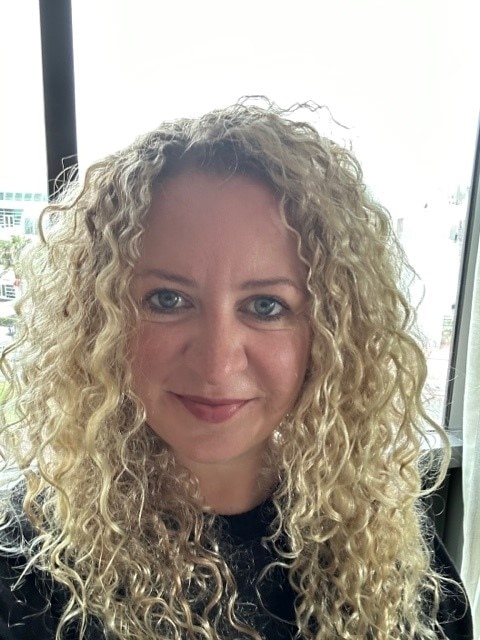Publication Spotlight: Dr. Harding

Interview with Jessica Harding, PhD, Associate Professor, Emory University School of Medicine, senior author of The Association Between Residential Segregation and Access to Kidney Transplantation - Evidence from a Multi-State Cohort Study.
What question did your study aim to answer?
Our goal was to determine if living in a historically racially segregated neighborhood was associated with reduced access to kidney transplant among individuals with kidney failure.
What inspired you to conduct this study?
There is growing evidence to demonstrate that where a person lives has a significant impact on access to healthcare, and health outcomes broadly. We wanted to know if this was true for patients trying to get access to lifesaving transplant as well. Understanding these associations has important implications for how we then think about designing interventions to reduce barriers and improve access for these patients.
Which USRDS datasets did you use to conduct your study?
We used USRDS patients SAF file, linked to a novel registry called the Earyl Steps to Transplant Access Registry (E-STAR). E-STAR captures data on 1) referral to a transplant center, and 2) medical evaluation at a transplant step (2 necessary steps to be waitlisted for a transplant) from all transplant centers in Georgia, North Carolina, and South Carolina. It is essential for our research to link E-STAR to USRDS to obtain an appropriate denomination of all patients with kidney failure that could have been referred, evaluated, waitlisted, and eventually transplanted to ensure we are able to identify who drops out and when (i.e., at what transplant step).
Using plain language, please summarize your study conclusions in two or three points.
- Individuals with ESKD living in historically and currently marginalized communities in the southeast US continue to have reduced access to important steps along the transplant care continuum.
- Collectively, our results suggest that residential segregation, and the combined effects of how that operates at individual, economic, structural, and social levels, poses a barrier for patients with kidney failure seeking organ transplantation.
Please share a specific insight about working with USRDS data that you learned during the completion of this study.
USRDS is a great dataset to work with - it is clear that a lot of effort over many years has gone into data cleaning, coding, and the researcher’s guide. It is fantastic that USRDS can be linked, by a third party, to other datasets such as E-STAR. For our research, this allowed us to shed light on disparities occurring at all transplant steps (i.e., from referral to eventual transplant), and not just those collected nationally (i.e., waitlisting and transplant).

